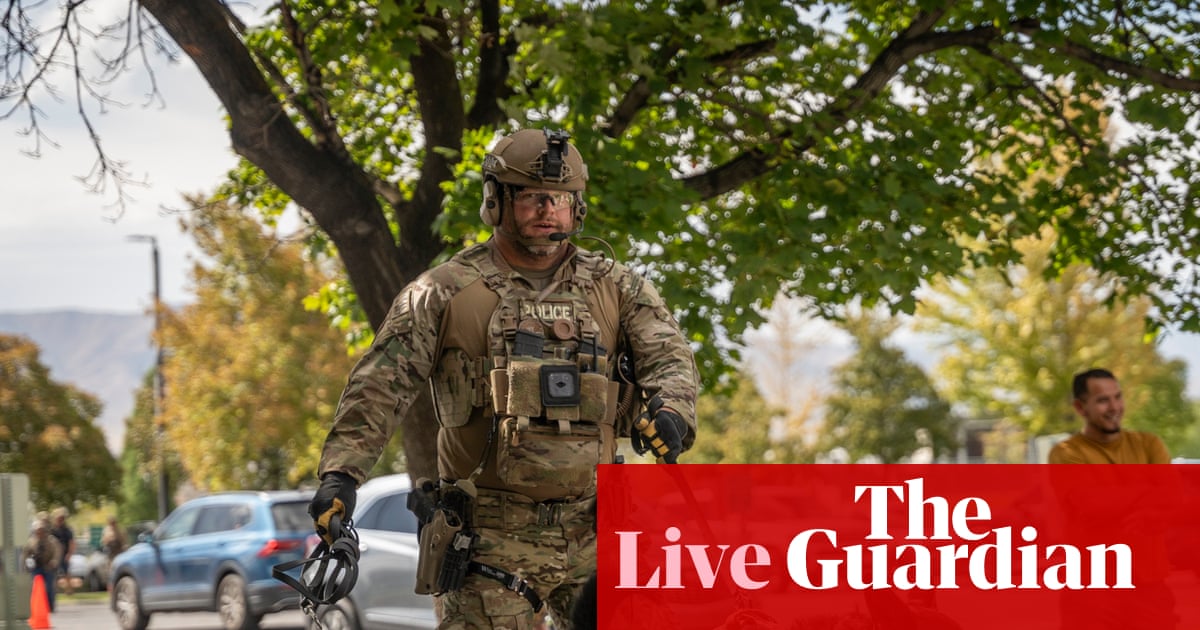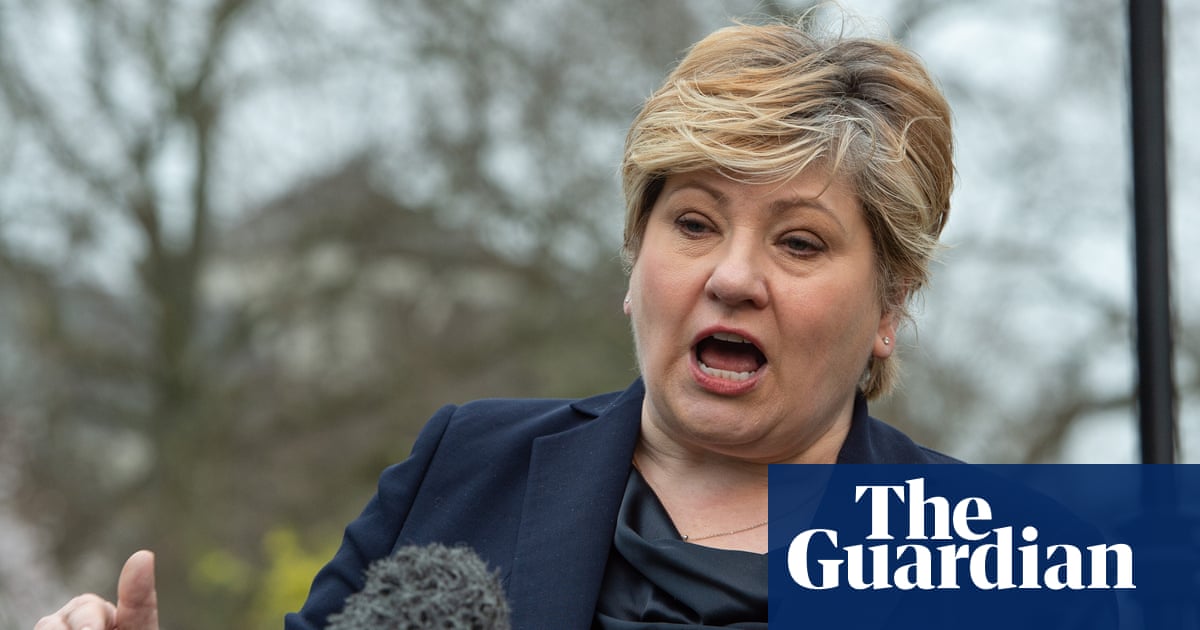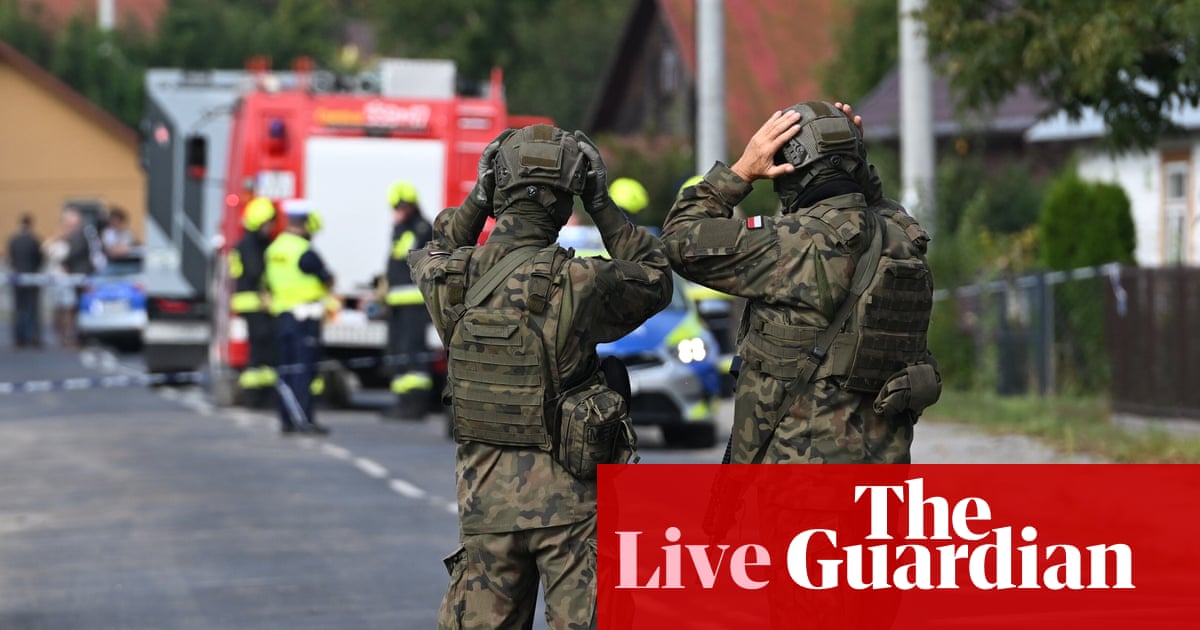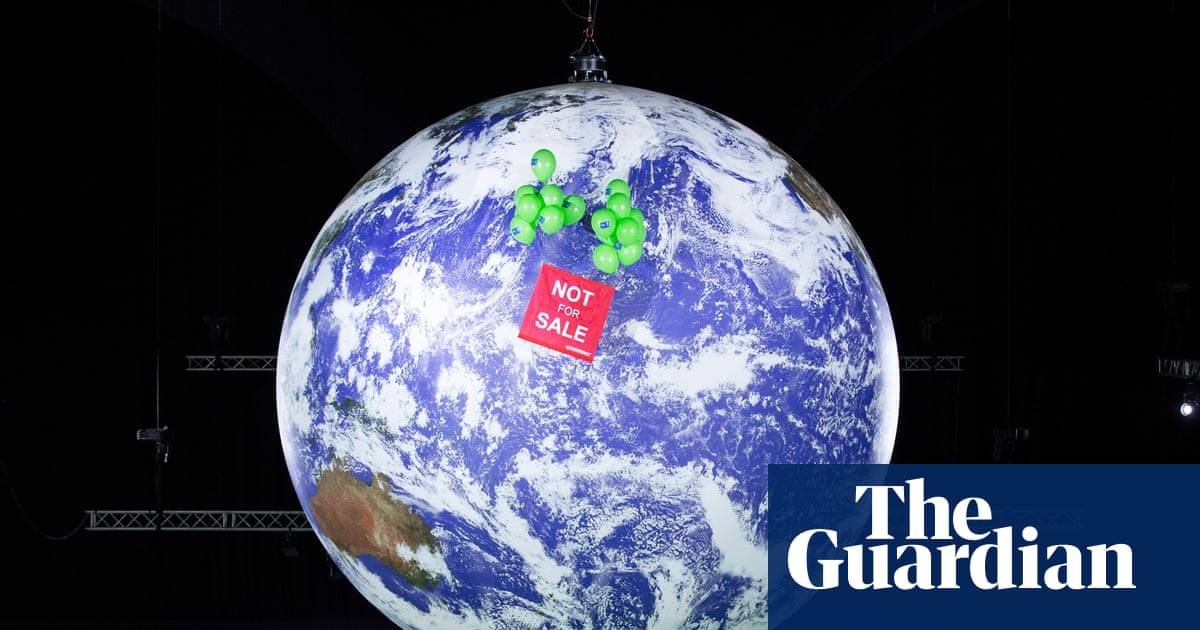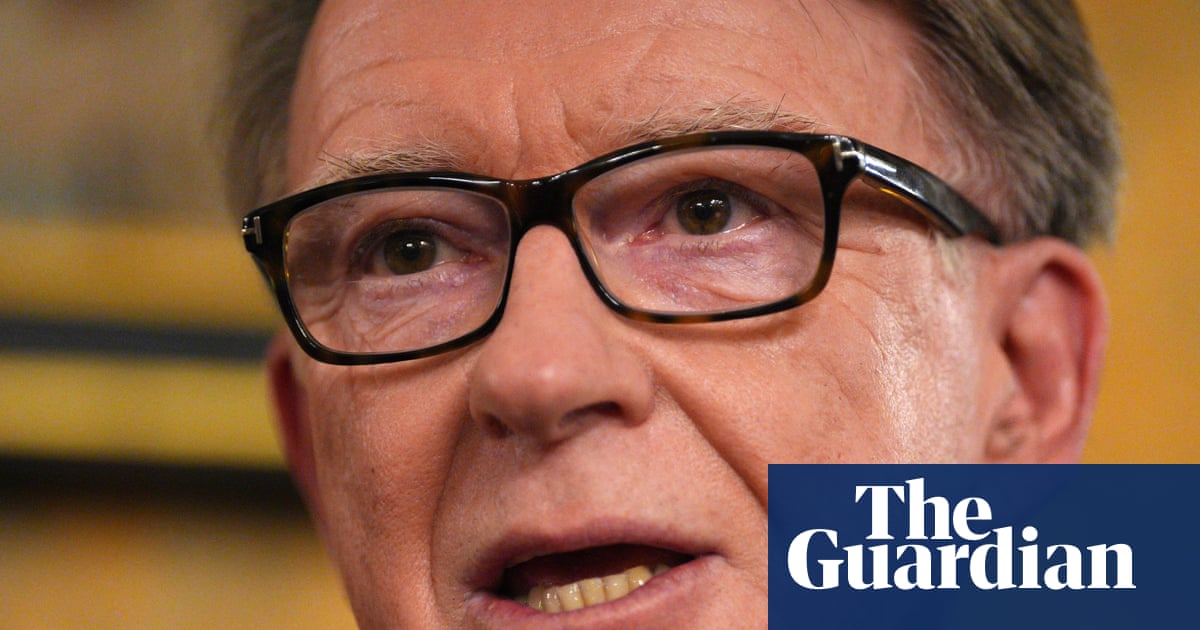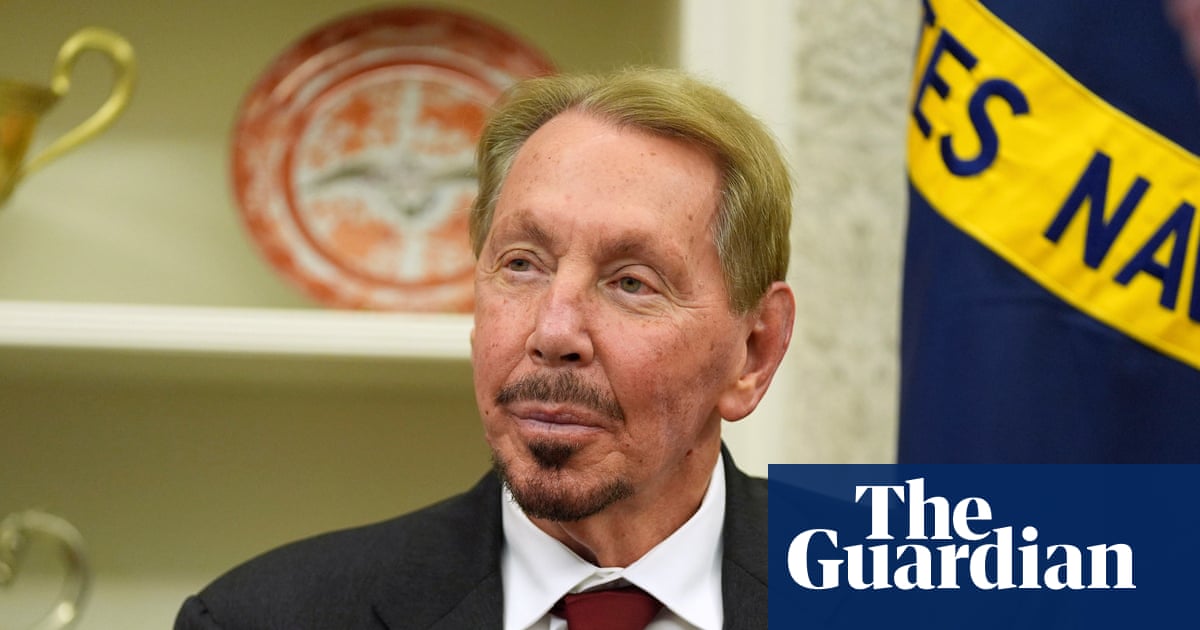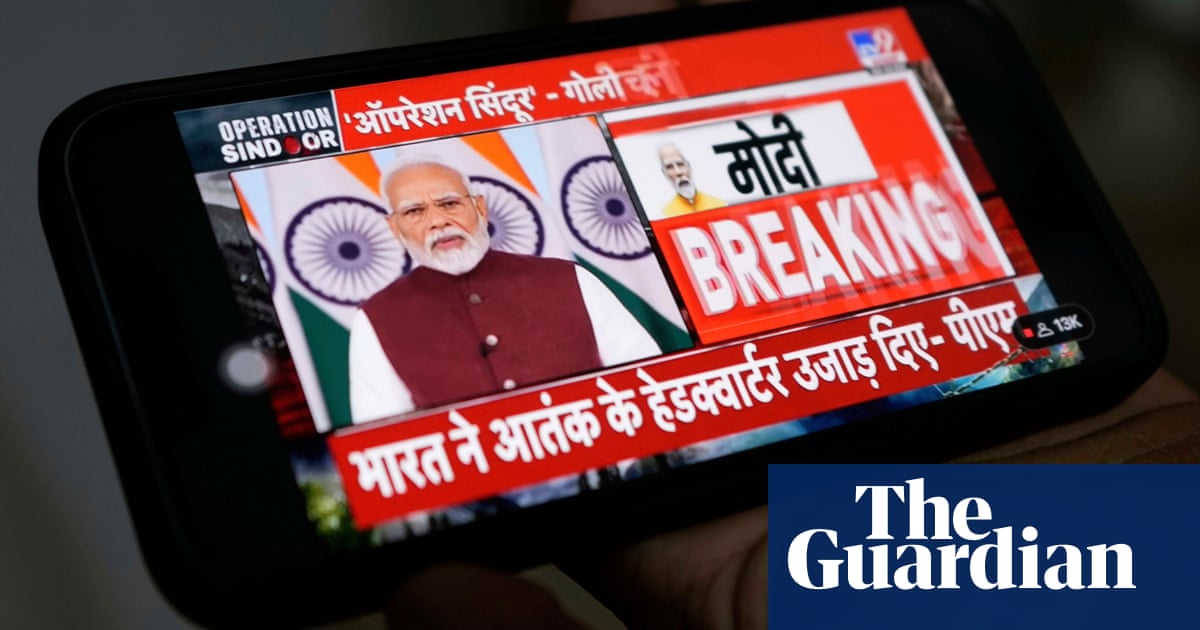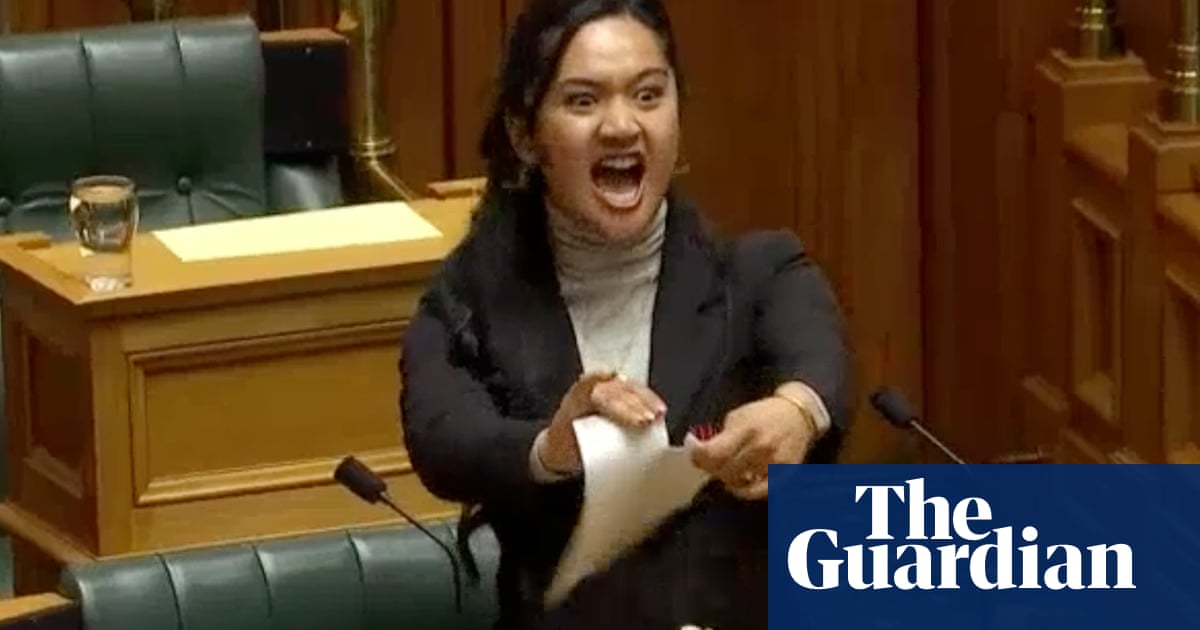Against the odds, the ceasefire that followed Indian and Pakistan’s almost-war has held; fragile, uneasy but still unbroken. Yet in the aftermath of four days of cross-border drones and missile strikes – the most technologically advanced conflict either side have ever engaged in – the question remains: what now?
While both India and Pakistan have claimed victory, some experts fear that a return to hostilities is almost inevitable.
There is a sense among analysts and diplomats that New Delhi has not emerged from the conflict as triumphant it had hoped, leaving little room for further de-escalation or political engagement. In a speech last week, India’s prime minister, Narendra Modi, insisted that the military offensive against Pakistani terror groups, named Operation Sindhoor, was still ongoing and that the ceasefire was simply a “pause”.
Meanwhile, Pakistan’s army, after going through a period of reputational decline, is once again the country’s most revered institution – proving that nothing works better for the fortunes of Pakistan’s generals than an altercation with India.
“India has made it clear they are still on a state of alert,” said Chietigj Bajpaee, a senior research fellow for south Asia at the Chatham House thinktank. He was sceptical that India’s missile strikes into Pakistan had done much to deter any future militant attacks, which India’s defence minister said would now be taken as an “act of war”.
“With the hyper-nationalist rhetoric we are still seeing from both sides, it seems like there’s limited space for any lasting rapprochement,” said Bajpaee.
‘The India-Pakistan hyphenation’
While India is seen to have achieved some tactical victories – successfully targeting known militant bases in Pakistan, firing targeted missiles into Rawalpindi, the beating heart of Pakistan’s military and largely rebuffing Pakistani missiles – the strategic wins have been more elusive.
Instead, India is now grappling with some more uncomfortable outcomes. As noted by Pratap Bhanu Mehta, an Indian political scientist, in his India Express column: “an armed conflict with no decisive victory and no clear political end simply reinstates the India-Pakistan hyphenation” – a reference to an age-old tendency to lump the two countries together as a singular quarrelling entity on the international stage. In recent years, as India soared ahead of Pakistan and positioned itself as a global economic and geopolitical superpower, there was a feeling in the corridors of New Delhi that they had broken free of the hyphenation burden. However, recent events showed that perceptions, particularly in the US, had not changed all that much.
Among diplomats and observers, the view was that India had been left on the back foot in the critical battle over narrative. The deep-rooted instinct of the Modi government to tightly control the flow of information (Modi himself has not done a press conference in 10 years) meant that as Operation Sindhoor was launched, their accounts of the operation were limited to a few brief, highly choreographed press conferences led by civil servants.
In Pakistan meanwhile, government ministers were at the end of the phone and on TV news shows non-stop, briefing the world constantly on the Pakistani version of events, such as claims that Pakistan had downed five Indian military jets. The Modi government has still not publicly responded to the allegation, but instead put pressure on Indian news outlets to avoid any mention of the alleged downed planes.
Amid vast information gaps left by the Indian government an unprecedented amount of misinformation and disinformation proliferated. False claims fuelled an insatiable appetite for war among the Indian public.
As a result, on the 10 May, when Donald Trump abruptly announced a ceasefire before India or Pakistan had a chance, it was met with a widespread reaction of betrayal and anger in India. Many could not understand why the government would agree to a ceasefire, let alone one that seemed to have been imposed by the US. The fury among the hyper-nationalist far-right – Modi’s political base and where much of the disinformation originated – was particularly potent and the clamour for a return to war has still not entirely dissipated.
Trump interventions add insult to injury
Trump’s boastful claims of brokering the ceasefire have also been a source of frustration to New Delhi. While he joins a long line of US presidents who have been drawn into disputes between the neighbours, it is historically done far more discreetly and largely on terms favourable to India.
This time, India was left so infuriated at Trump’s version of events, including that coercion over trade led both sides to lay down arms, that it openly repudiated several of the president’s statements.
Trump’s involvement has also resulted in another strategic upset for India; the re-internationalisation of the Kashmir issue. India’s immovable position is that its dispute with Pakistan over the region, which dates back to 1947, is a purely internal issue that should have no outside interference or third-party negotiation. But in flagrant disregard for this, Trump offered, post-ceasefire, to mediate between the two countries to find a “solution”. Pakistan leapt at the offer; in India it was met with stony silence.
The Indian political strategist Brahma Chellaney accused Trump of “playing right into the hands of Pakistan which has long weaponised the Kashmir issue to justify its export of terror”.
Much still remains up in the air between the two sides. The land border between the countries is still closed, both sides are still denying visas and perhaps most critically, the Indus River treaty, which ensures Pakistan gets a vital supply of river water from India, remains suspended by New Delhi.
But while among the political class in Islamabad there is optimistic chatter of post-ceasefire talks in the Gulf or London – where even Kashmir could be on the table – New Delhi has avoided the subject. “The dilemma is that this war does not compel negotiations. Nor is it likely to build even a modicum of trust that can allow a political negotiation,” wrote Mehta.
On a deeper existential level, analysts say there remains little incentive on either side to de-escalate. In India, anti-Pakistan fervour has only driven up support for Modi and helped his strongman Hindu nationalist government win elections. In Pakistan, the ever-present threat of India has long been used to justify the over-dominating role of the military in the running of the country.
Bajpaee is among those who has a pessimistic view of any suggestion of post-conflict political dialogue between the two countries, calling them a “dead end”, when both sides are “essentially talking past each other”.
“It seems very unlikely that we’re going to see any sort of credible peace process,” he said. “Frankly, at this point, I would say it’s not a question of if, but when we will see a resumption of some sort of military hostilities between both countries.”

 3 months ago
42
3 months ago
42
